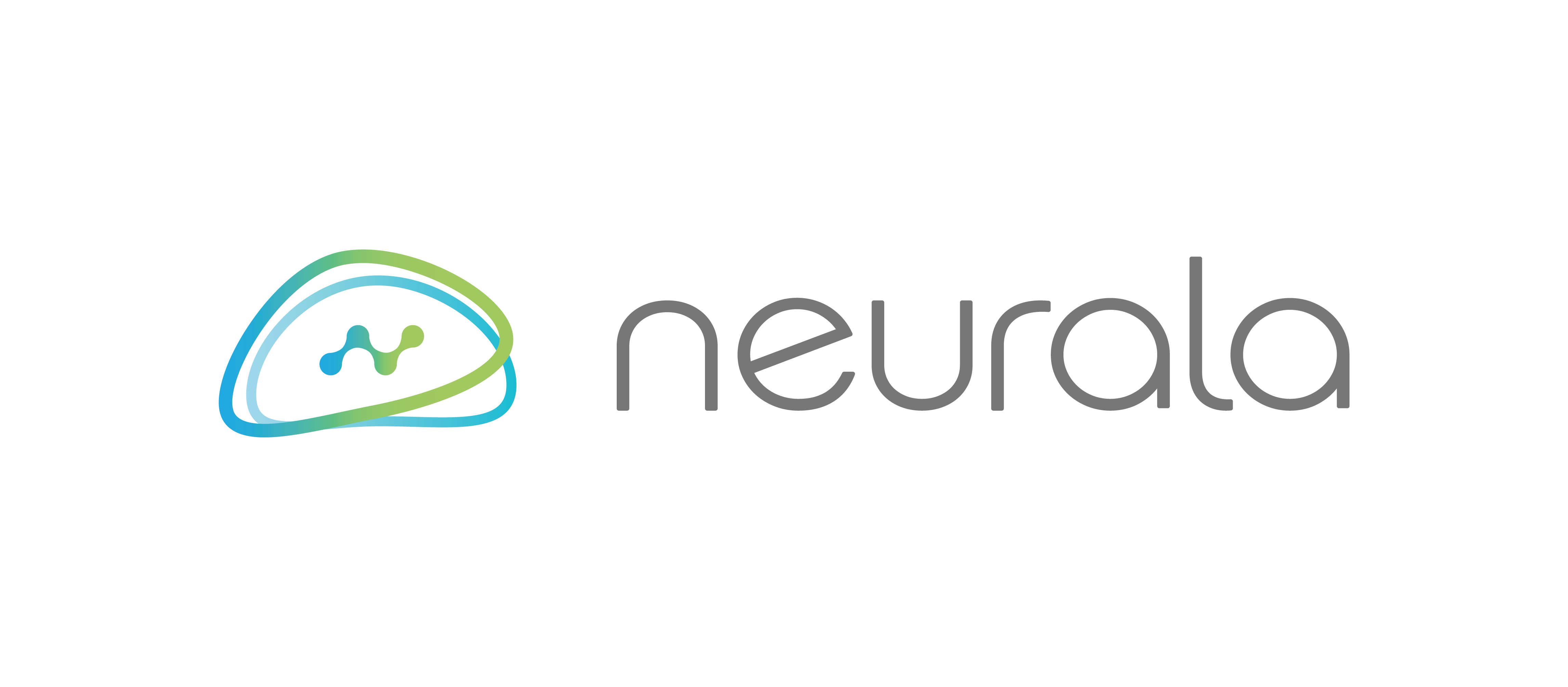Feature Spotlight: Anomaly Slider
Here at Neurala, we are in constant communication with the manufacturers using our vision AI software, VIA, trying to improve both efficiency and productivity. One feature that we see manufacturers utilize often is our Anomaly Recognition feature. Our Anomaly Recognition feature enables manufacturers to set up an AI-powered visual quality inspection system even when it is not possible to collect large samples of defective product, a common issue in the industry, and a problem not addressable with traditional machine vision or AI.
Introducing Anomaly Slider
Through our discussions with manufacturers and driven by market demand, we saw an opportunity to deliver a more flexible solution by giving the manufacturer more control over the end result of the anomaly inspection system. This new feature improving flexibility is the Anomaly Slider. The Anomaly Slider gives our customers the power to determine a skew in anomalies detected by the system. The program defaults as balanced but depending on the use case, the user can skew results for more false positives or more false negatives.
False positive: The results say you have the condition you were tested for, but you really don't.
False negative: The results say you don't have a condition, but you really do.
Where is this useful?
When asking “where is this useful” one must first ask whether you would rather have more false positives or false negatives identified by the inspection system. With VIA’s Anomaly Slider feature, a company that needs to catch every defect, like a pharmaceutical company, can skew the results to register more false positives. This results in more predictions of defects allowing the user to return any false positives (non-defective) product to the line. Conversely, there may be situations where a manufacturer does not need to catch every defect, like a timber company. The user can skew the Anomaly Slider and it will result in the detection of more false negatives.
Our Anomaly Slider feature in VIA is a unique approach for improving visual quality inspections. This new capability allows manufacturers, to quickly set up and modify the skew of their production lines, maximizing their ability to detect defects and respond to situations where demand and requirements may fluctuate frequently.
